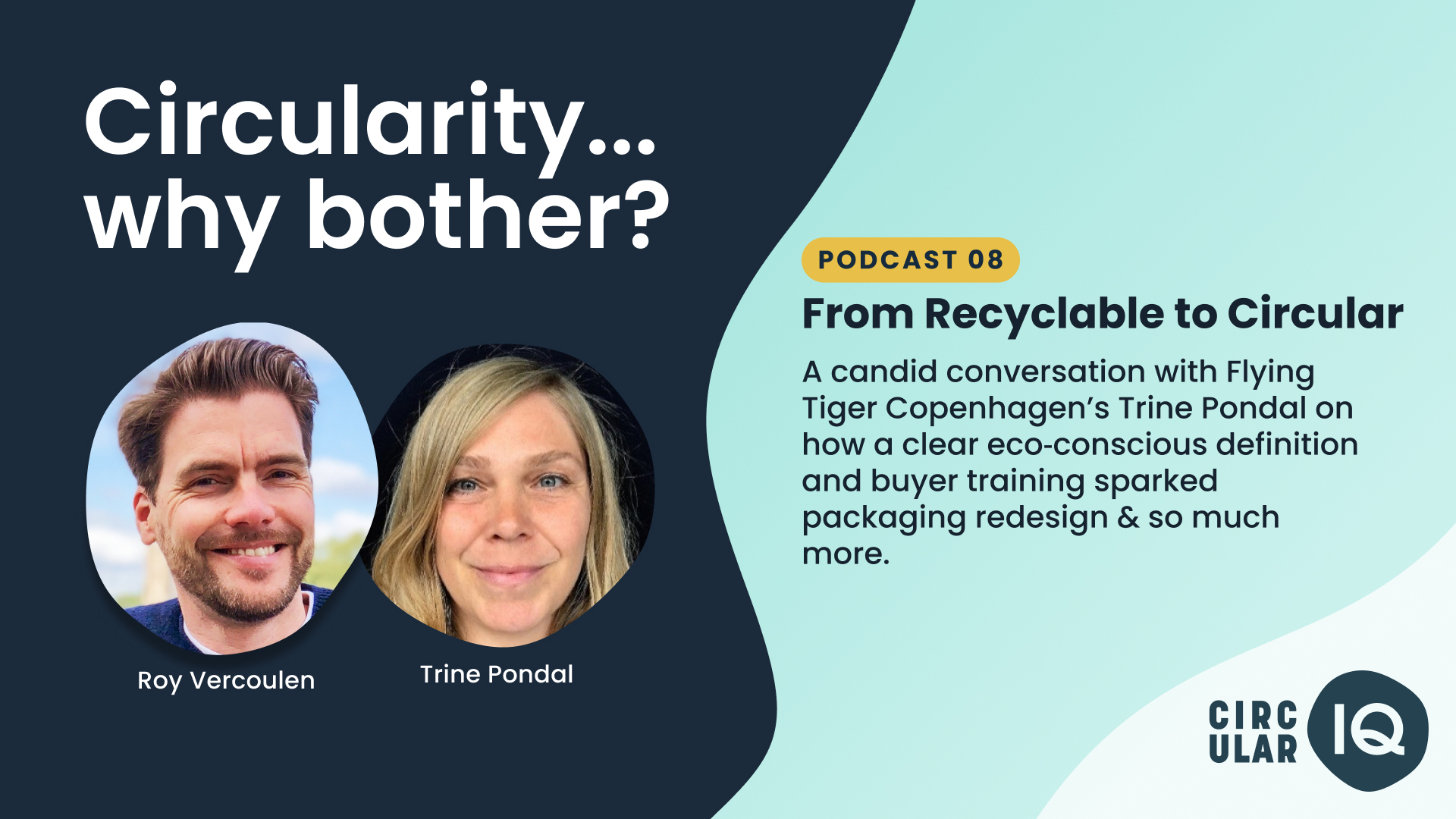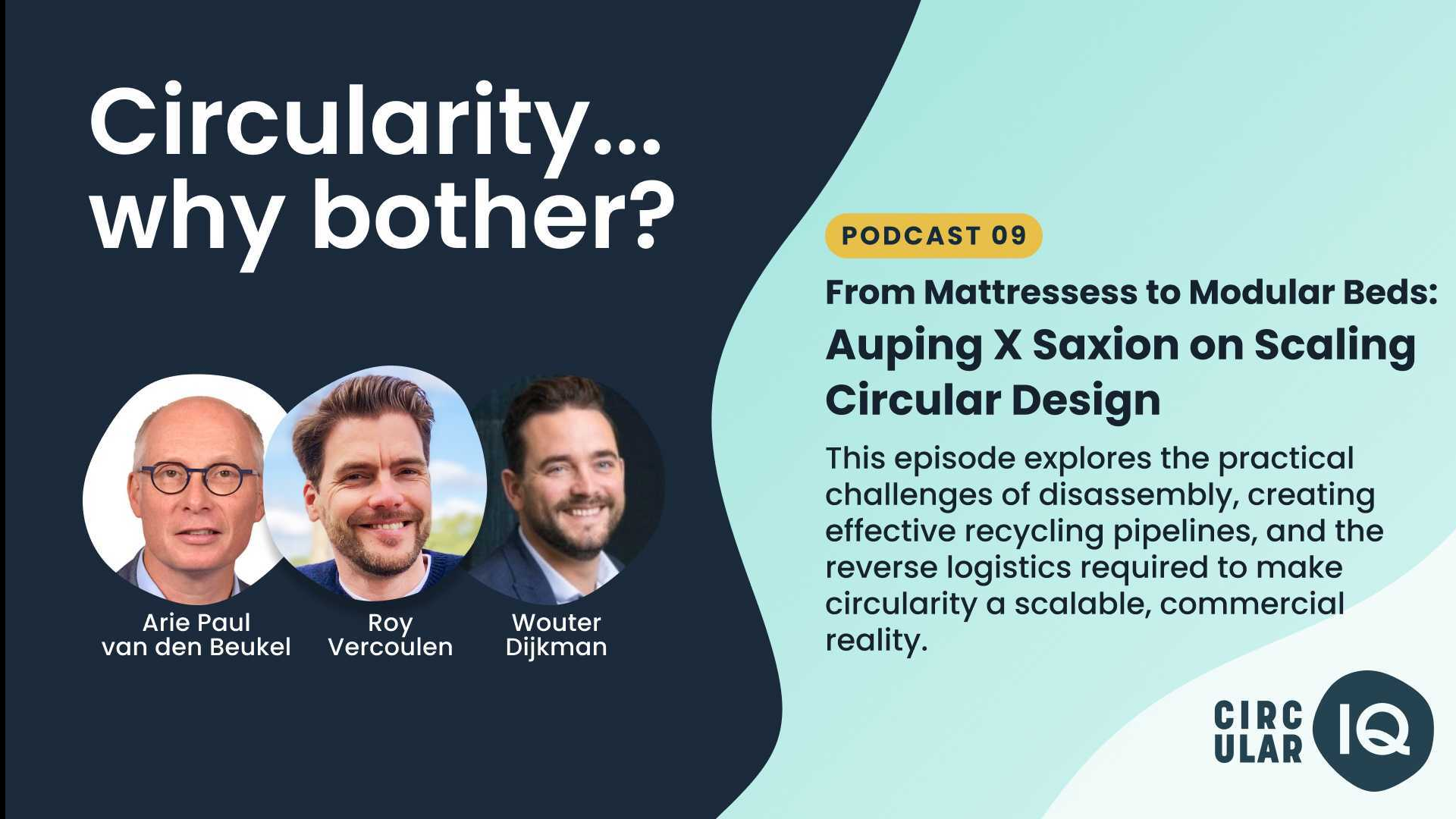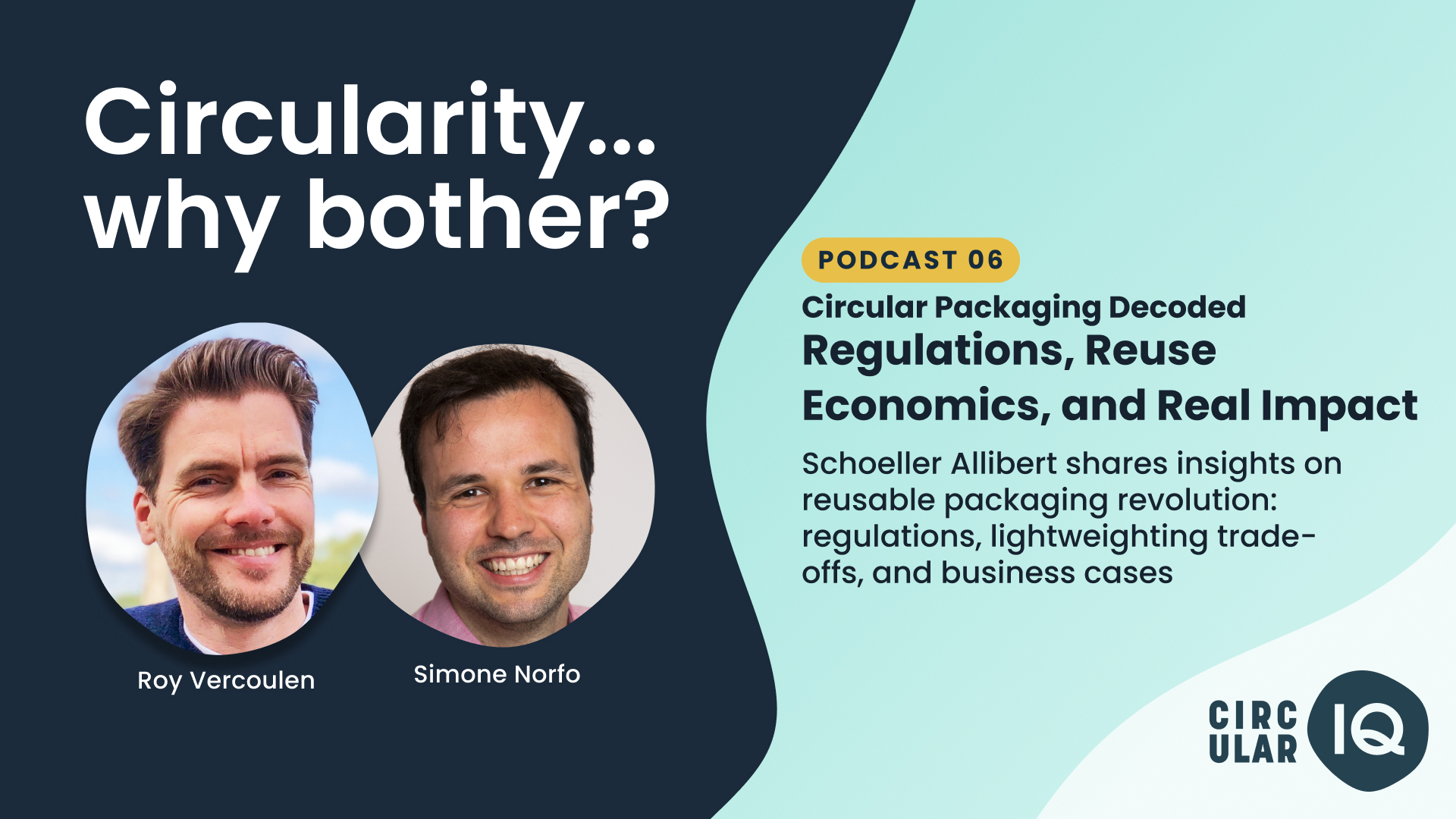In today’s rapidly evolving business landscape, companies embracing the circular economy are finding Unlocking Value Through Strategic Data Sharing in the Circular Economy
In today’s rapidly evolving business landscape, companies embracing the circular economy are finding new ways to maximize value and minimize waste. A key enabler of a successful circular strategy is data sharing. However, concerns around data transparency and trust can make businesses hesitant to fully leverage this opportunity. While data sharing may seem daunting, industry leaders like Jacco and Roy emphasize that strategic and intentional data exchange can unlock real synergies and accelerate circular strategies.
Why Data Sharing in the Circular Economy Matters
Jacco points out that when companies begin sharing data up and downstream in their value chains, they start to unlock real synergies. Instead of operating in silos, businesses can leverage data availability as a resource to improve efficiency, drive innovation, and enhance material recovery.
“If you're able to get to a point that you're sharing data across the value chain, up and downstream, then real synergies can start to happen.” – Jacco Jochemsen
However, data sharing should not be seen as an end goal in itself, but as a tool to drive performance improvements. Simply collecting and reporting data is not enough—companies should focus on how shared data can enhance efficiency, reduce costs, and generate greater value from sustainability initiatives.
Roy agrees, highlighting that businesses tapping into supplier data transparency as a shared resource can increase the value they generate and accelerate their strategies. Rather than perceiving data sharing as a risk, companies should recognize it as an asset that can create opportunities for cost savings, product longevity, and improved stakeholder collaboration.
“You’re tapping into a whole new resource that you can leverage to accelerate your strategy and increase the value that you are generating.” – Roy Vercoulen
A Real-World Success Story: Swapfiets
A great example of data sharing in the circular economy is Swapfiets—a bike subscription company that has fundamentally changed its business model. Instead of selling bikes, they lease them, ensuring durability, repairability, and long-term asset management.
“They’re now really focusing on getting very durable, sturdy, repairable bikes out there. Their financing model is very different. They're not selling things. They have assets that they can also market again.” – Jacco Jochemsen
Even suppliers have adapted to this circular approach. Instead of selling tires to Swapfiets, some now lease them, ensuring ongoing maintenance and data availability for material efficiency.
“A lot of suppliers are not selling the tires to them now, but they're actually leasing the tires for the bikes to Swapfiets.” – Jacco Jochemsen
This model demonstrates how supplier data transparency and circular data sharing can lead to innovative business practices that benefit all stakeholders.
Overcoming the Fear of Data Sharing
Despite the clear advantages, many businesses are still reluctant to share data. Excessive data sharing can create discomfort, and many companies worry about losing control over their proprietary information. However, Jacco encourages businesses to shift their perspective and consider targeted data sharing—sharing specific information that benefits both the company and its partners.
“It sounds very daunting because you don’t want to just open up the box and tell everybody all your data. But here again, think of the benefits that you’re pursuing—better repairs? Higher quality materials? Start sharing that particular data and make it clear to your supplier: if I share back this, you can do that, and we’re both going to be better.” – Jacco Jochemsen
By selectively sharing data that supports mutual goals, businesses can build trust and unlock new collaborative opportunities. Trust is crucial—without it, data sharing can lead to a distorted view of reality, preventing companies from making informed decisions.
Measuring the Benefits with KPIs
To ensure that data sharing translates into tangible benefits, companies must establish clear Key Performance Indicators (KPIs). Simply spending money on data reporting without a clear focus can be inefficient. Instead, organizations should identify where performance improvements can be made and track measurable progress.
“Select anywhere between one and five to ten KPIs. Define a proper baseline so everybody understands. Sometimes it’s as simple as tracking how much certified recycled steel is used or how many customers have been onboarded.” – Jacco Jochemsen
Having at least one KPI focused on benefits, rather than just risk or regulatory compliance, helps align stakeholders around a shared vision and measurable success.
How to Start: Small-Scale Pilots & Quick Wins
For companies hesitant about implementing large-scale data-sharing initiatives, Jacco suggests starting with small-scale pilots or quick-win projects.
“If you think it’s going to be tricky to get your colleagues on board with big perspectives and big data requests, then maybe just go for the short term. Go for pilots, go for new innovative products, designs, or a launching customer.” – Jacco Jochemsen
Quick wins demonstrate tangible benefits early on, fostering internal support and encouraging wider adoption of data-driven circular strategies. Starting small and focusing on practical value creation can ensure that data-sharing efforts yield meaningful outcomes.
Resources to Guide Your Circular Journey
For those looking to take the next step in their circular economy efforts, Jacco recommends leveraging industry resources, such as the Circularity Gap Report, which provides a macro-level view of circular economy progress and challenges.
“I do see that a lot of companies, when we start engaging, send around a link to the Circularity Gap Report that we produce every year. Because if you look at that, it really explains why the circular economy is important.” – Jacco Jochemsen
Start today
Strategic data sharing in the circular economy is not just about mitigating risk—it’s about unlocking new value and driving innovation. However, businesses should approach data sharing with a clear purpose, ensuring that it enhances performance rather than simply generating additional reporting costs. By focusing on trust, targeted sharing, and measurable benefits, organizations can maximize the impact of their circular strategies.
Are you ready to explore how data sharing can transform your circular economy strategy? Start by identifying key data points, engaging your value chain partners, and measuring the impact through well-defined KPIs. The benefits are waiting to be unlocked.Are you ready to explore how data sharing can transform your circular economy strategy? Start by identifying key data points, engaging your value chain partners, and measuring the impact through well-defined KPIs. The benefits are waiting to be unlocked.





